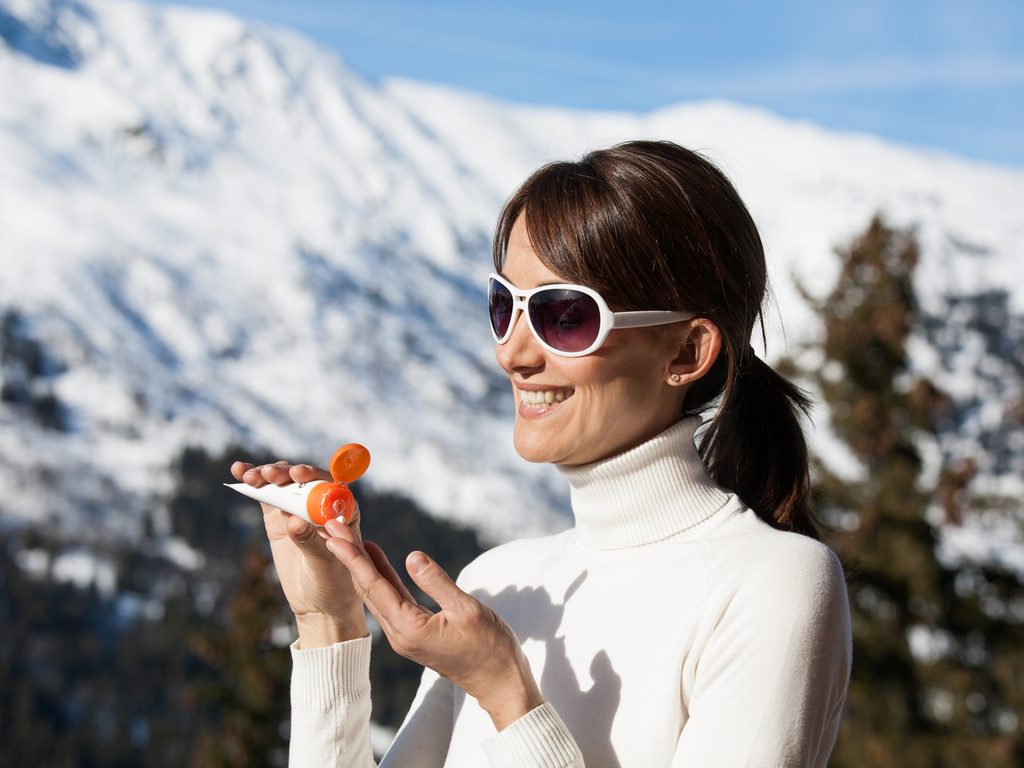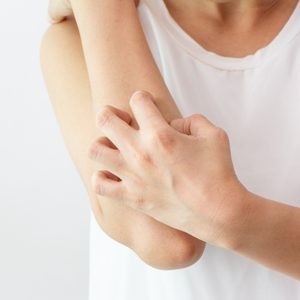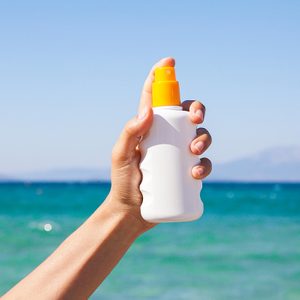What You Need to Know About Getting Melanoma in the Winter

When the cold season arrives, we tend to not protect ourselves from the sun—but that's a mistake, as wintertime rays can still cause skin cancers like melanoma
Beware Winter Rays
The prevalence of melanoma has been rapidly rising around the world for nearly a century. In the 1930s, the chance of an American getting melanoma was one in 1,500. Today it’s one in 74. In the U.K., melanoma rates have tripled since the 1990s alone.
While some of the increase may be due to better detection, researchers also believe it’s because we’re spending more time outdoors in the sun, vacationing to warmer climates during the winter and using tanning beds.
That rise is concerning, since melanoma is the most dangerous kind of skin cancer. Non-melanoma types, like basal cell carcinoma, rarely spread to other parts of the body and are often resolved by localized surgery. Melanoma, on the other hand, is far more likely to spread and be deadly. In the U.S., it makes up only one percent of diagnosed skin cancers but causes the most deaths of them all.
There are a few main risk factors for melanomas, including how much cumulative sun exposure a person has had in his or her life—and how many sunburns. It’s thought to develop when the sun’s carcinogenic UV rays damage the cells that make the pigment in your skin. That’s why people who have fair skin are at a higher risk of getting it, along with anyone with a family history of skin cancer.
Most of us know to cover up and apply sunscreen on hot, sunny days, but when fall arrives, we tend to drop those habits. Experts warn that’s a mistake. Though there’s less need for sun protection after summer ends, exposure to UV rays still adds up.
What precautions you should take to defend against melanoma during the cooler months depends on where you are in the world. That’s because the further away you are from the equator, the more UV rays weaken in the winter. “In southern England or Canada, the daily dose of UVA on a clear summer day is 6.5 times higher than on a clear winter day,” says Professor Brian Diffey of the British Association of Dermatologists. “People in those countries typically receive only about five percent of their annual UV exposure in the winter months.”
But no matter where you are, even during colder, lower risk months, it’s a mistake to put your sun-protection habits on ice. “It’s important to wear sunscreen when there is a lot of glare from the snow,” says Victoria Mar, director of the Victorian Melanoma Service at Alfred Hospital in Melbourne, Australia.
If you’re tobogganing, skiing or skating, the ice and snow reflect up to 80 percent of the sun’s rays back at you, increasing your sun risk to summertime levels. And if you’re outside during the day for an hour or more doing any activity, you should take precautions: wear a hat and put on sunscreen. “To make it simpler to remember, make sunscreen part of your morning routine before going out,” advises Mar.
Finally, you should monitor your moles. “Early detection of melanoma is vital for successful treatment,” says Diffey. If it’s caught before it spreads to other parts of the body, the five-year survival rate is 99 percent. If it’s caught late, that can drop to 25 percent. Warning signs are a mole that’s changing size, shape or colour, or one that’s asymmetrical—sometimes referred to as “ugly duckling” moles.
If you have concerns, talk to your doctor. And in the meantime, practise healthy sun habits—even when it’s cold outside.
Next, learn about 30 cancer symptoms you should never ignore.






